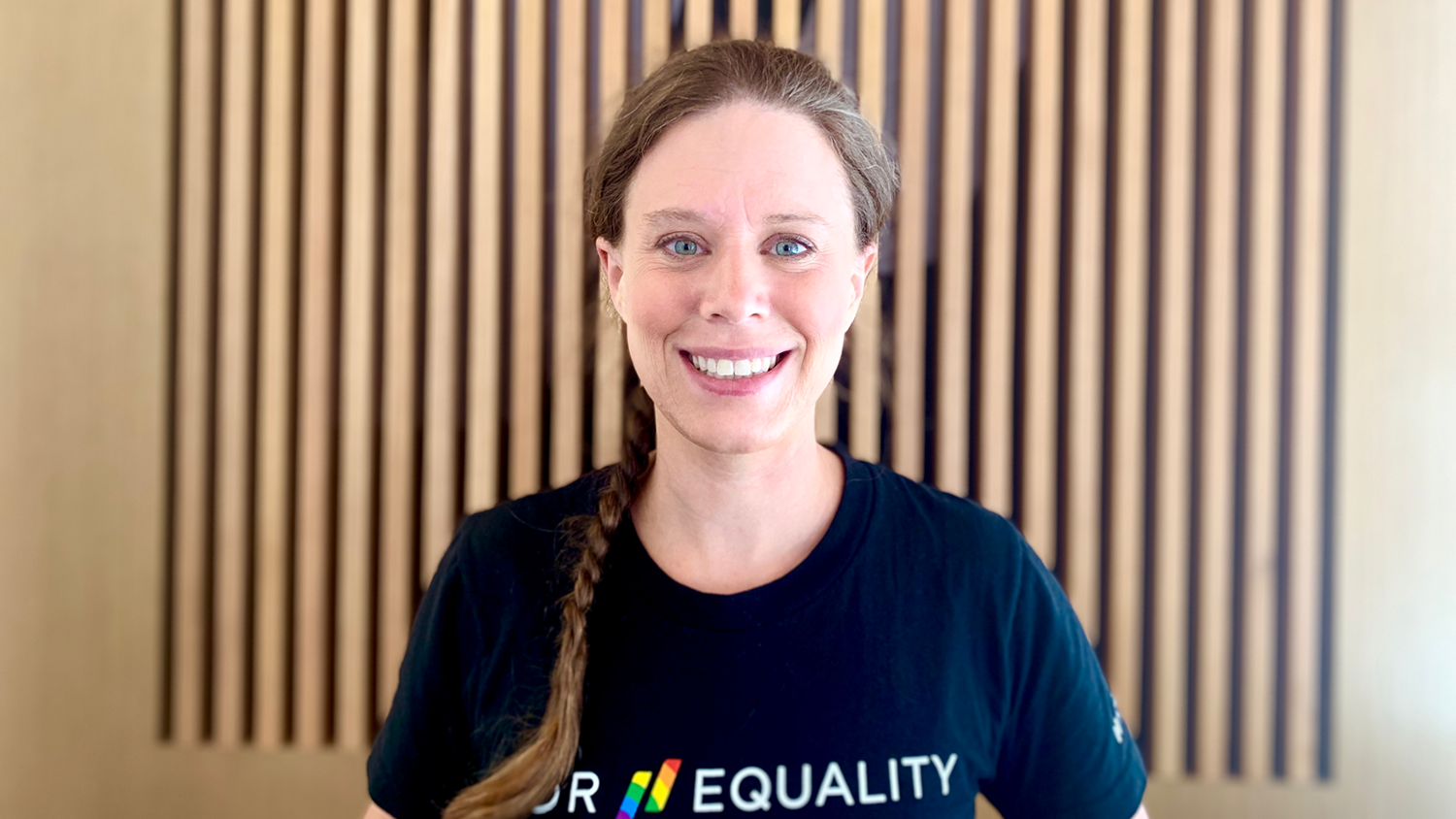I love data and I’m an engineer at Forward. Because of that, friends, investors, and job candidates are always asking me what Forward’s stance on artificial intelligence is. After all, it’s 2020, we’re a health technology company with headquarters in San Francisco, and we’re run by a bunch of idealistic Silicon Valley types (ex-Google, Uber, Palantir,…) so of course we’re full steam ahead chasing the Singularity and replacing our doctors with robot super-beings, right?
Yeah, no. Let’s talk this through, and like we do with everything at Forward, let’s start with the mission.
Our mission is to bring the best healthcare to a billion people for free.
The best healthcare
If we’re on the path to the best healthcare, we need to use the most up-to-date recommendations from evidence-based medicine for diagnosis, prevention, and treatment, and we need to structure our task management so that we execute consistently and with the smallest possible number and impact of human errors.
A billion people
If we’re bringing it to a billion people, we need to supercharge our doctors and support them as they provide care to the largest and most complex member panels on the planet. We need to run the best business we can, with the most informative product analytics and performance management, as well as the most efficient task prioritization and assignment.
For free
If we’re doing it for zero out of pocket costs to the end consumer, we need to scale our medical support workforce and break the existing dependency between the cost of providing healthcare to our members and the cost of the labor involved in that provision. That is to say, we need to automate the right parts of the day-to-day interactions with our member base and anticipate their needs, for this month, this decade, and beyond. Our members have to be empowered to make the best decisions for themselves and their families based on their own goals as well as their individual genetic and lifestyle-based risk factors.
So what DO we do?
Nowhere in there do I infer that the engineering team needs to pass a Turing test or fall in love (Ex machina, Her). Let’s go through some examples of what we actually do in both worlds of “medical” and “operational” data science.
Supercharging our doctors
As a fully vertically integrated healthcare system, the hardware and software systems we build can be designed from the ground up to fit what our doctors need most to scale themselves confidently. For example, we recently launched a dermatoscope where from the first rounds of research and development we were already thinking about how to save, store, and display the image data in our electronic medical records system. This meant that the integration was seamless and from the first member visits, our doctors were able to start comparing the progression of skin conditions over time with the unobtrusive help of computer vision.
With “smart” panel monitoring we can use simple rules to help keep a digital eye on our members who are tracking their blood pressure at home. The emergent property here is that once a doctor can trust the simple monitoring status checks, they can stop wasting their time manually reviewing data every day and spend their time on actionable anomalies instead, thus increasing their impact. We can give our doctors the confidence that the medications and therapies they are prescribing are safe and effective because of automated contraindication checking (allergies).
Empowering our members
We can send members home with the right remote monitoring sensors for their situation and goals. To stick with the example of a member who is managing hypertension at home, we of course want them to measure themselves over time with a blood pressure cuff. To augment that and to prevent a member feeling like they are just sending measurements into the void, we can also automatically send them links to the most relevant research papers as they come out. For everyone with respiratory complaints who lives near a wildfire, we can send a list of appropriate precautions and an N95 mask. For women who have indicated to us that they’re trying to get pregnant, we can monitor travel recommendations and message those members about avoiding areas where Zika might be endemic. For members who want to improve their sleep quality or nutrition habits over time, we can kick off a structured “curriculum” with customizable checkins where we work with them on their health journey.
Structured actions on structured tasks
We start with a knowledge corpus, layer on a rules engine, and what do you know but we can develop extremely precise but extremely limited “artificial intelligence” such as for appointment scheduling and chronic condition coordination. We can automatically triage incoming member requests to make sure that our care team members can always be confident that they are doing the highest value work possible (most time-sensitive, medically critical, etc). The end result of this is that with our data sets, Forward actually becomes a better service as we get more members, in contrast to traditional practices that lumber along as their backlog increases and the effective “care supply” decreases.
Closing thoughts
Our engineers and analysts are always working to develop and refine conservatively scoped augmentation of our limited human abilities with automation and double-checking. Data management is so fundamental to the core of our business that we tell stories about data at our staff meetings, and we have whole engineering teams dedicated to data structuring and optimization in pursuit of our crazy big mission.
Interested in joining our team? Check out our open positions.


